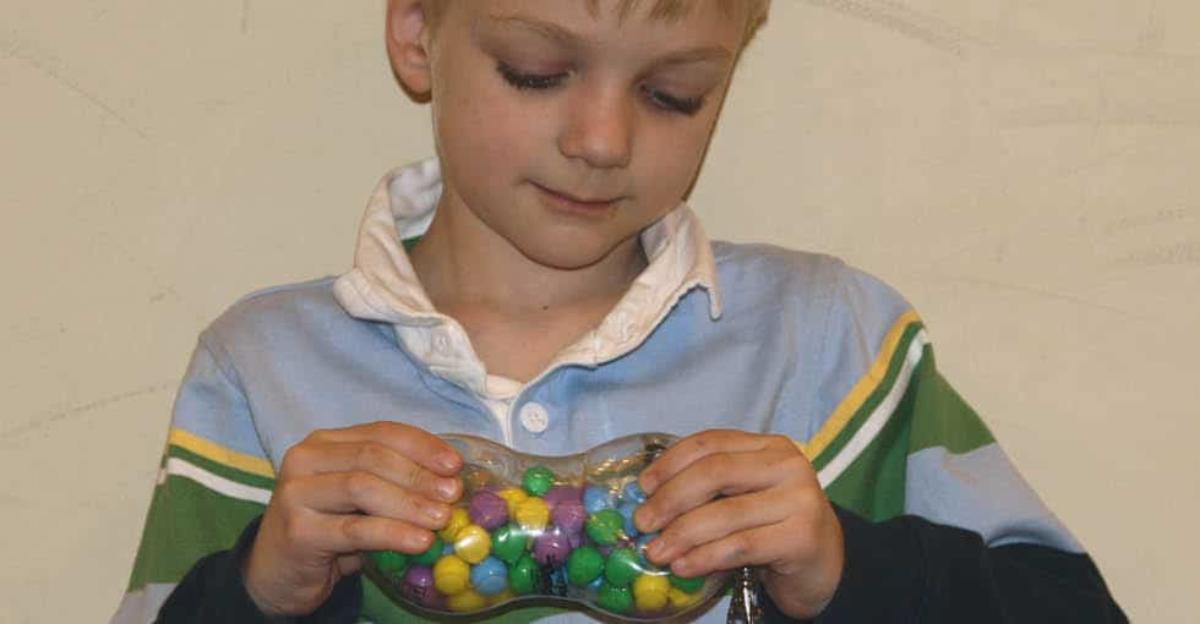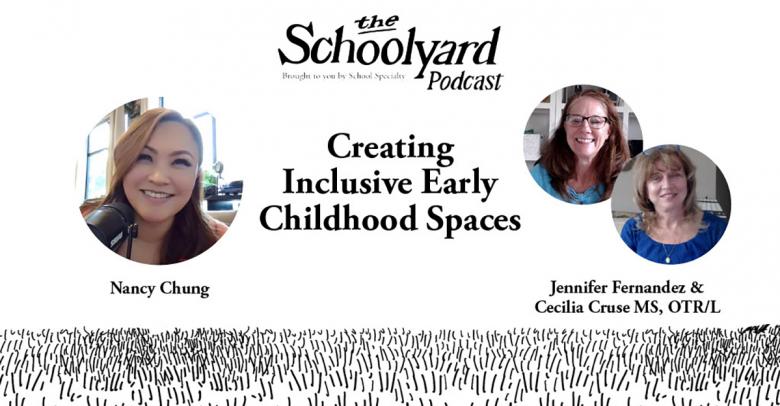By: Robyn Colley, OTR/L
As a Pediatric Occupational Therapist, I was trained on how the brain develops, what fuels attention, and why some children struggle. OTs are trained to teach children how to pay attention, and what their bodies need. We know the brain and the body communicate with one another all day long. Therefore, attention is not just a brain issue—it involves the whole body.
Fidgeting can be a helpful tool. It can give the brain what it needs to alert, to calm, and to focus. Understanding the why behind it is helpful when deciding if a fidget is right for your child or student.
Fidgets alert the brain by creating movement
The brain stem is what alerts us and helps us stay regulated. The brain needs to wake up and stay awake when expected to attend. Some children’s brains can wake up but not sustain. Some need help to even awaken. This is where movement can help. Fidgets come in all shapes and sizes. You can even fidget with your feet! Movement through the legs or the hands, such as doodling, can help open communication from the body to the brain, sending signals to awaken and alert!
Fidgets calm and ground with deep pressure
Consider something in the hand that is heavy or weighted. Deep pressure is similar to a massage—reminding the muscles that they are alive, which sends information to the emotional parts of the brain, reminding them to stay calm.
Fidgets keep the brain engaged with tactile input
Why do you think humans enjoy petting their dogs or cats? The soft fur feels nice on the skin. Touch, or tactile input, can alert or calm depending on the texture. Something as simple as a piece of satin taped underneath a child’s desk can provide enough tactile input to keep some children’s attention.
Fidgets allow for repetition, which is also grounding
Repetition is movement. Movement is alerting. Repetition is the same motion or input over and over, which is calming. Remember, the brain needs to be in a quiet state of alert. There should be a balance between awake and calm. We don’t always want to calm our children down. Sometimes we need to calm them up by alerting the brain but quieting the emotional centers.
So don’t be afraid to fidget and let children fidget. Many of my written class notes from my OT school days have doodles in the margins. And research supports how doodling helps the brain learn. When chosen and used properly, some fidgets can bring out the best in many learners!
Check out our fidget assortment and find the just right fidget for your student.






Nice essay Robyn Colley, I’m writing one too